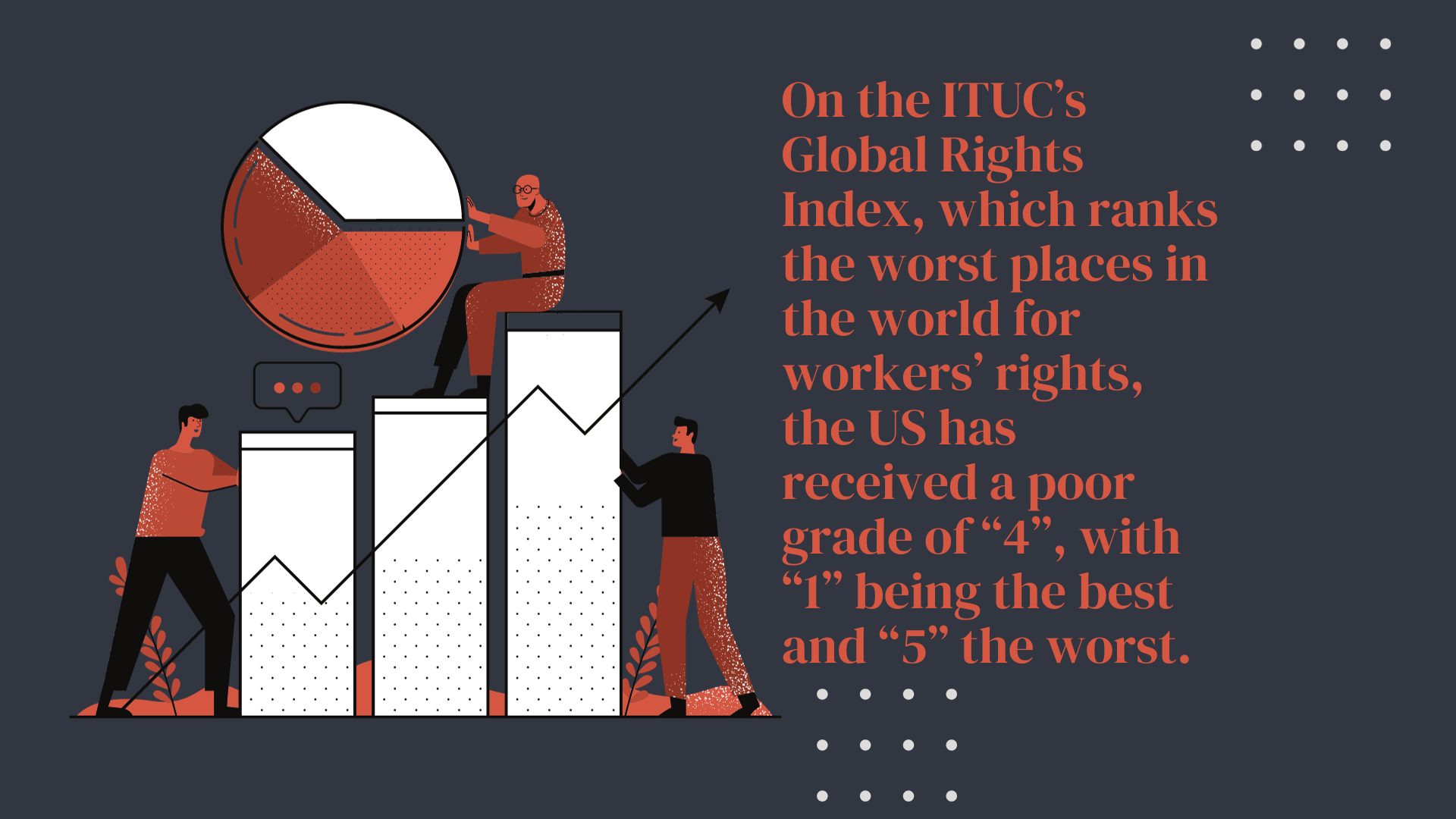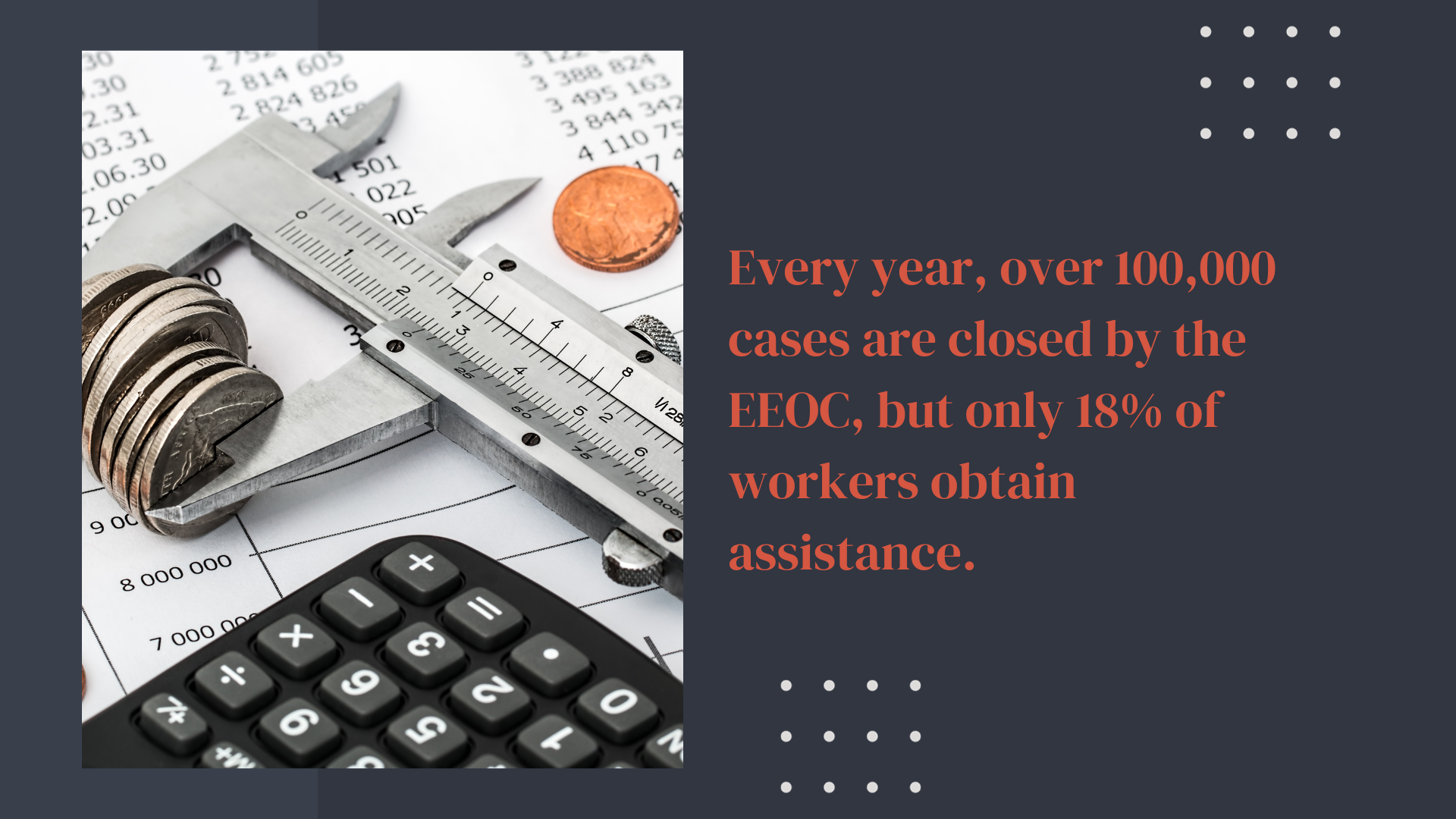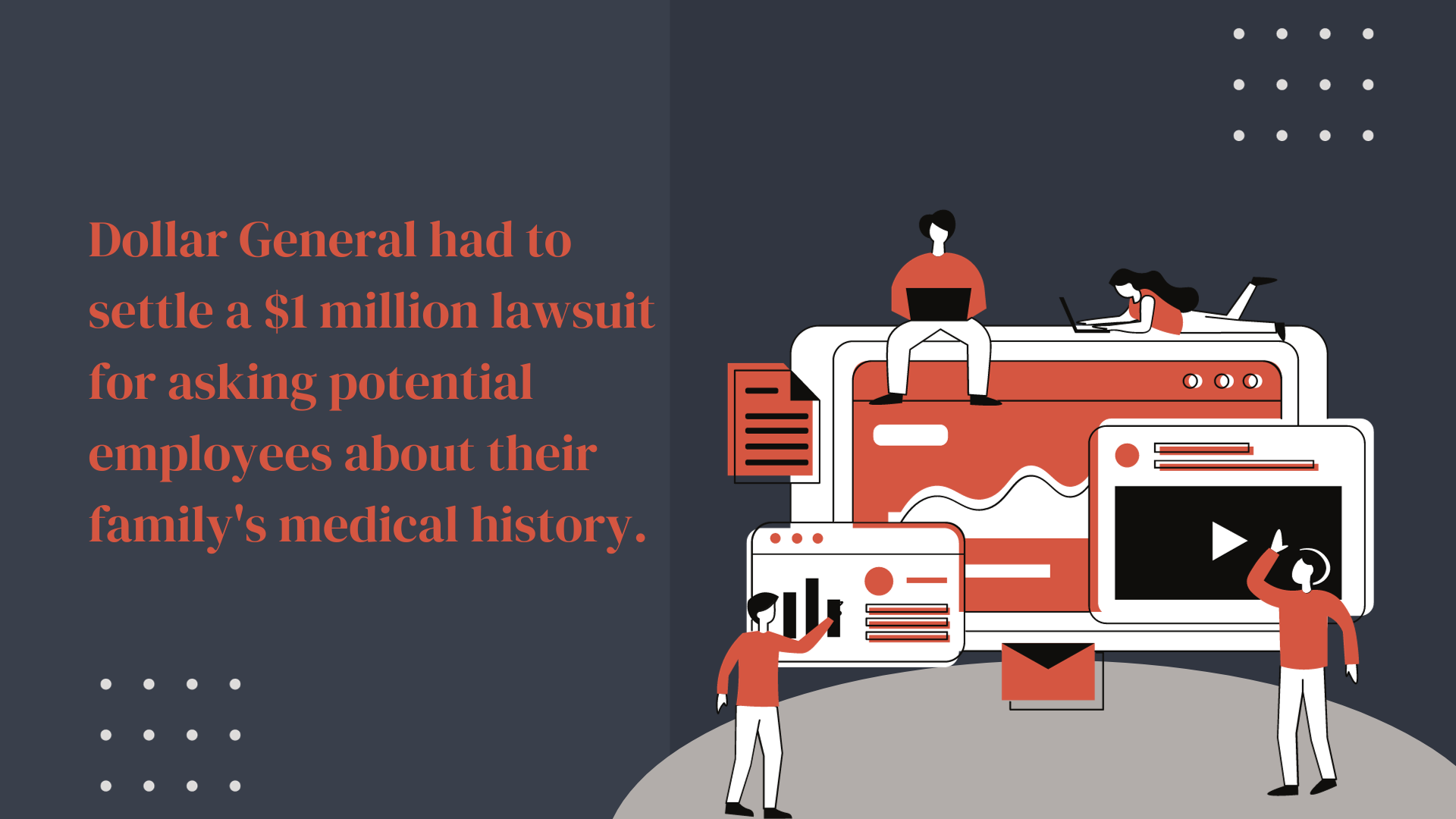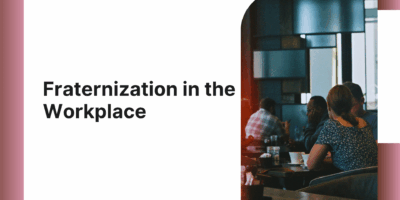
How to Create Job Ads that Attract Talent
Would a top candidate choose your posting over a competitor’s in under a minute? The answer depends on whether your job ad sells opportunity or just lists demands.


Co-Founder and Program Director of Bridges Sober Living
Every worker across the globe deserves to be treated with dignity and respect, regardless of race, gender, nationality, or social standing.
But in reality, we are far from achieving this ideal.
Millions of workers around the globe are exploited and abused, with their human rights routinely violated. In the United States, while we have made some progress in recent decades, there is still much work to be done to create an inclusive and equitable workplace.
However, there is hope.
Today, more than ever, businesses are recognizing their corporate social responsibility to uphold these standards, especially regarding their employees.
Exploring the intricacies of advocating for human rights and employment standards in the workplace, this article examines the challenges and progress on this crucial issue.
The United Nations’ “Protect, Respect and Remedy” Framework mandates that while governments must safeguard human rights, businesses are equally obligated to uphold them.
Despite this, an alarming number of workers suffer under deplorable labor conditions, earning meager wages, enduring hazardous work environments, and facing suppression of their rights to organize and advocate for themselves.
Compared to other developed nations, the US often receives criticism for its lackluster worker protections.
For example, on the ITUC’s Global Rights Index, which ranks the worst places in the world for workers’ rights, the US has received a poor grade of “4”, with “1” being the best and “5” the worst.
Critiques are directed towards the lack of federally mandated paid maternity leave, stagnant labor laws, and frequent reports of major companies such as Starbucks and Amazon allegedly engaging in union-busting activities.
Alarmingly, child labor violations and the penalties for such offenses have surged a staggering 87% between October 2022 and July 2023 when compared to the same period the year before.
The ambiguity surrounding workplace rights, stemming from the absence of a universally accepted definition or comprehensive list of such rights, has led to a crisis in human rights and employment standards.
Still, certain protections do exist to safeguard workers.

While the US lacks a universal set of workers’ rights, legislation like the Equality Act 2010 and various regulations enforced by the Equal Employment Opportunity Commission (EEOC) provides a framework to shield workers from discrimination based on a range of characteristics.
These protected characteristics include:
These laws ensure that all employees are treated fairly in every aspect of their employment, including hiring, promotions, training, wages, and benefits.
Every employee deserves to work in an environment that is free from discrimination.
The foundation of this principle is laid out by the Civil Rights Act of 1964 and reinforced by subsequent legislation like the Americans with Disabilities Act (ADA), which collectively outlaws harassment and biased treatment.
Nevertheless, complaint data from the EEOC shows that workplace discrimination can arise in multiple forms and does not require deliberate intent to be considered illegal.
Unconscious biases and subtle discriminatory behaviors, such as microaggressions, can also be grounds for legal disputes.
Two principal forms of illegal discrimination are recognized:
In the United States, workers are protected by various employment laws and human rights at different government levels, including federal, state, and local laws.
The foundation of federal protections consists of laws like Title VII from the Civil Rights Act, protecting employees from discrimination on grounds such as race or religion.
There are also laws specifically supporting employees with disabilities, ensuring fair pay across genders, and setting standards for labor practices.
Mainly, the Americans with Disabilities Act, the Equal Pay Act, and the Fair Labor Standards Act set the stage for workplace equality.
Agencies like the Department of Labor (DOL) and the Equal Employment Opportunity Commission (EEOC) oversee these regulations.
Based on the principle of “equal pay for equal work,” these agencies ensure that if you’re doing the same job as someone else, you should get the same paycheck.
They’re also there to make sure that workplaces make the necessary adjustments to accommodate medical needs or religious practices when required, and they enforce rules to keep personal medical and genetic information confidential.
More importantly, organizations like the EEOC defend employees’ rights to challenge unfair practices without fear of retaliation.
Whether it’s standing up against unequal treatment, participating in discrimination investigations, or initiating lawsuits, workers have safe mechanisms in place to protect them. And yet, despite these protections, discrimination and human rights violations remain a problem in many workplaces.
While the EEOC provides a platform for workers to voice their concerns, there are questions about its effectiveness.
Every year, over 100,000 cases are closed by the EEOC, but only 18% of workers obtain assistance, such as financial or workplace adjustments. In fact, the percentage of cases resulting in worker assistance has decreased over the past decade, from 19% in 2007 to 13% a decade later.
Claims of racial discrimination are the most commonly filed complaints, yet seldom result in favorable outcomes, with only 15% of such claims resulting in relief, like financial compensation.
The outcome is that this system regularly fails Black workers, who represent 13% of the total workforce and submit over a quarter (26%) of all EEOC discrimination complaints.
The reason for these shortcomings is attributed to insufficient agency resources.
With a budget smaller than in 1980, after adjusting for inflation, and a 42% reduction in staff, the EEOC is stretched thin.
Meanwhile, the labor force has grown by about 50%.
This mismatch between resources and responsibilities has profound implications.
Workers who seek justice find themselves in a bottleneck, with long waits and uncertain outcomes. The system’s limitations are not just a matter of statistics but have real-life consequences for those facing discrimination.

Arguably, the most vital aspect of workplace equality today is the right to receive equal pay for equal work.
“Equal pay for equal work” is a fundamental right, ensuring that employees performing the same or similar roles receive equitable compensation.
However, this principle often falters in reality.
For example, women historically have earned less than men for equivalent work, popularizing the term “gender wage gap.” But what’s particularly worrisome is that there has been little progress in closing this gender wage gap over the last three decades.
A recent analysis conducted by the US Census Bureau reveals that in 2021, women working full-time and year-round earned, on average, only 84% of what their male counterparts earned.
Similarly, we are seeing an even widening racial wage gap across underrepresented populations. In 2019, the typical black worker earned 24.4% less per hour than the typical white worker, which is an even greater wage gap than in 1979, when it was 16.4%.
There are a number of reasons for existing gender and racial wage gaps, including occupational segregation, discrimination, and lack of pay transparency.
The Americans with Disabilities Act (ADA) has been a transformative piece of legislation when it comes to human rights and employment standards in the workplace, ensuring that individuals with disabilities have equal employment opportunities.
Despite the ADA’s prohibition on discrimination, it remains a persistent issue for those with disabilities.
One in ten working adults with disabilities has reported discrimination since the ADA’s enactment, leading some to leave the workforce entirely.
One of the most critical provisions of the ADA is the mandate for reasonable accommodations in the workplace.
Reasonable accommodation, as defined by Title I of the ADA, involves modifications or adjustments to a job, work environment, or hiring practices to enable individuals with disabilities to have equal employment opportunities.
The necessity for such accommodations stems from the unique challenges faced by individuals with disabilities, including physical (such as equipment or facilities) and procedural barriers (such as flexible working arrangements or time off work).
While many individuals with disabilities require no accommodations to perform their jobs, others can only successfully fulfill their roles if such barriers are addressed.
It’s also important to note that the ADA’s reach is limited to employers with 15 or more employees, which includes private sector employers, government entities, employment agencies, and labor unions.
This limitation leaves a gap in coverage for disabled employees of smaller organizations.
The primary federal laws governing genetic information are GINA and HIPAA.
GINA, which is not a privacy law but instead an anti-discrimination statute, prevents certain health plans from using genetic information to influence insurance decisions. It also bars employers from using genetic details in employment decisions for businesses with over 15 employees, with additional protections against federal agencies misusing this information.
The EEOC enforces GINA and has been actively pursuing violations, with significant settlements showing its commitment to these protections.
Only last month, Dollar General had to settle a $1 million lawsuit for asking potential employees about their family’s medical history during recruitment, which breaches GINA.
The 2013 HIPAA Omnibus Rule expanded the definition of Protected Health Information to include genetic data, although it does not cover life, disability, or long-term care insurance, leaving gaps in coverage for individuals with genetic predispositions to certain medical conditions.
However, an ongoing issue with both GINA and the Omnibus Rule is they are based on an outdated understanding of genetics. GINA’s protections against discrimination are limited to genetic information concerning undiagnosed conditions.
Modern genetic testing, which can detect markers indicating a potential for future diseases and inform preventative care, might fall outside of these protections if such markers are viewed as symptoms of a disease.
Healthcare providers and organizations must remain vigilant in implementing and maintaining HIPAA-compliant policies and practices to safeguard genetic information effectively.

A human rights policy is a company’s public statement of its commitment to respect internationally recognized human rights standards and act ethically.
It is a way for a company to show that it understands its corporate responsibility to protect the rights of its employees, customers, and other stakeholders.
While there is no one-size-fits-all template for a human rights policy for employees, there are some essential elements to include:
To create a human rights policy, companies should:
Developing a human rights policy can be a dynamic process, and companies should update their policies as they gain experience.
The success of a business depends on its employees; therefore, treating them fairly and equitably is of the utmost importance.
Derek Eckley, Co-Founder and Program Director of Bridges Sober Living, emphasizes the significance of setting standards to foster a culture that is sensitive and respectful.

Employers can promote a fair and discrimination-free work environment by developing and implementing a comprehensive anti-discrimination policy, providing training on diversity and inclusion to all employees, and taking complaints of discrimination seriously and investigating them promptly and thoroughly.
For more information on human rights and employment standards, please visit the websites of the Equal Employment Opportunity Commission (EEOC) and the International Labour Organization (ILO).
Senior Content Writer at Shortlister
Browse our curated list of vendors to find the best solution for your needs.
Subscribe to our newsletter for the latest trends, expert tips, and workplace insights!

Would a top candidate choose your posting over a competitor’s in under a minute? The answer depends on whether your job ad sells opportunity or just lists demands.

Behind every “best workplace” award is a set of invisible rules that shape how decisions are made, how people are treated, and who chooses to stay.

Is workplace fraternization a recipe for disaster or a catalyst for a stronger work culture? The answer isn’t black and white.

Performance reviews work best when structure meets purpose. Standardized templates provide that framework, helping managers deliver clear, consistent, and actionable feedback.
Used by most of the top employee benefits consultants in the US, Shortlister is where you can find, research and select HR and benefits vendors for your clients.
Shortlister helps you reach your ideal prospects. Claim your free account to control your message and receive employer, consultant and health plan leads.